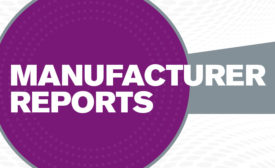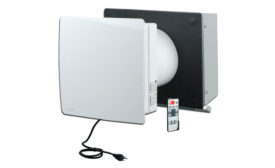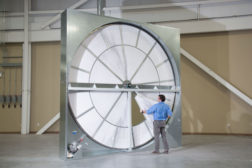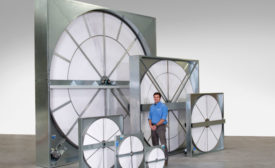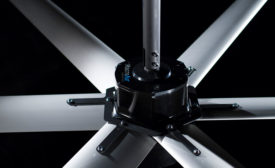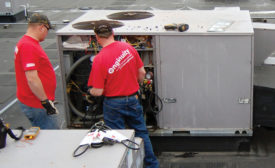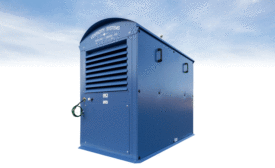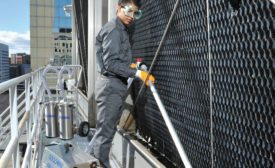Home » energy recovery ventilator
Articles Tagged with ''energy recovery ventilator''
Easy, Breezy Ventilation Products Dominate the Market
Airxchange Inc., Delta Products Corp. earn gold and silver
Read More
High-efficiency Air Movement Options Remain in High Demand
Occupant comfort, energy savings, and increased efficiency goals are driving consumers’ demands
Read More
2017 AHR Expo — New Product
Ventacity: Heat Recovery Ventilation and Energy Recovery Ventilation
January 2, 2017
There’s No Excuse for Poor IAQ
Regular maintenance, fresh-air ventilation key to improving building health
Read More
Energy Recovery Ventilator Market Worth $3.39 Billion by 2021
Increasing awareness of benefits, rising demand for improving IAQ are driving growth
August 5, 2016
Copyright ©2024. All Rights Reserved BNP Media.
Design, CMS, Hosting & Web Development :: ePublishing
